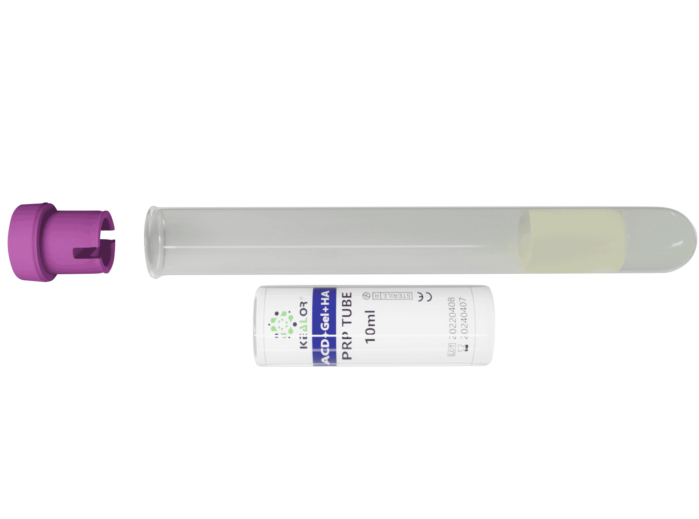Platelet Rich Plasma (PRP) and Hyaluronic Acid (HA) are two popular treatments for joint pain and osteoarthritis. Both treatments aim to reduce pain and inflammation in the joints, but they differ in their approach and effectiveness.
PRP is a blood-based treatment that involves extracting a small amount of blood from the patient, processing it to concentrate the platelets, and then injecting the concentrated platelets back into the patient’s body at the site of injury or pain. The platelets release growth factors that stimulate tissue repair and regeneration, reducing inflammation and pain.
On the other hand, HA is a natural lubricant that is already present in the joint fluid. It acts as a shock absorber and lubricant, reducing friction between the joint surfaces and providing cushioning. However, in patients with osteoarthritis, the level of HA in the joint fluid decreases, leading to increased friction, pain, and inflammation.
In terms of effectiveness, PRP has been shown to be more effective than HA in reducing pain and improving function in patients with knee osteoarthritis. A study published in the American Journal of Sports Medicine in 2019 found that patients who received PRP injections had significant improvements in pain and function compared to those who received HA injections. PRP has also been found to have longer-lasting effects than HA, with some patients experiencing pain relief for up to two years after treatment.
However, HA is still a popular treatment option for patients with joint pain, especially those who are not good candidates for PRP injections. HA injections are less invasive and have fewer potential side effects than PRP injections. HA injections can also be repeated more frequently than PRP injections.
In summary, PRP and HA are both effective treatments for joint pain and osteoarthritis, but they differ in their approach and effectiveness. PRP is more effective and longer-lasting than HA, but it is also more invasive and has potential side effects. HA is a less invasive treatment option that can be repeated more frequently but may not provide as much long-term pain relief as PRP. Ultimately, the choice between PRP and HA will depend on the individual patient’s needs and preferences, as well as the advice of their healthcare provider.








